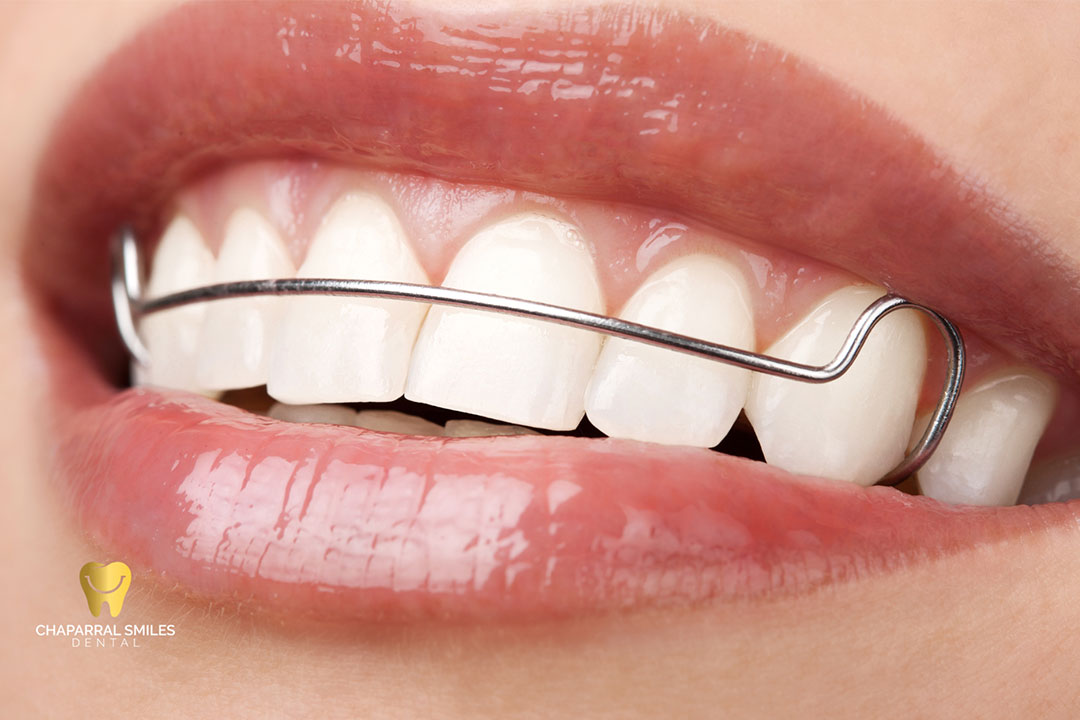This guide aims to help you navigate the discomfort that often accompanies orthodontic treatment. Whether you’re adjusting to new braces or experiencing soreness after an adjustment, understanding how to alleviate this discomfort can enhance your overall experience. You’ll discover practical tips and techniques that empower you to manage the discomfort effectively, allowing you to focus on achieving that beautiful smile. Read on to discover how you can maintain comfort during your orthodontic journey.
Understanding Discomfort During Orthodontic Treatment
As you launch on your orthodontic journey, it’s vital to understand the nature of the discomfort you may experience. Various factors related to the adjustments made to your teeth and mouth often lead to discomfort during treatment. By understanding these causes, you can better prepare for and manage any discomfort.
Common Causes of Discomfort
On occasion, you may experience discomfort due to the braces tightening, the addition of new appliances, or the shifting of teeth. These changes can create pressure in your mouth as your orthodontist works to achieve your desired alignment, leading to soreness or irritation in your gums and teeth.
Duration and Timing of Discomfort
In the days following an adjustment or the placement of new braces, discomfort is common. This discomfort typically peaks within the first 1-3 days and can last anywhere from a few hours to several days. Understanding this timing can help you anticipate your discomfort and plan accordingly.
During this time, you may find it helpful to have soft foods and over-the-counter pain relief on hand to ease your discomfort. While the sensation might be uncomfortable, it’s important to remember that this is a temporary phase in your treatment. As your mouth adjusts to the changes, any soreness usually subsides, paving the way for the benefits of your orthodontic journey.
How to Manage Discomfort
Assuming you are undergoing orthodontic treatment, it is normal to experience some discomfort as your teeth shift into their desired positions. Fortunately, there are effective strategies to help you manage this discomfort and ensure a smoother orthodontic journey.
Home Remedies and Tips
Manage your discomfort with simple home remedies and tips that can make a significant difference in your comfort level.
- Rinse your mouth with warm salt water to soothe irritated gums.
- Eat soft foods that require minimal chewing, such as yogurt and applesauce.
- Practice good oral hygiene to prevent infections and reduce irritation.
- Use orthodontic wax to cover brackets that may be causing soreness.
- Consider placing a warm, damp cloth on your jaw to relax tense muscles.
Knowing these remedies can empower you to effectively manage your discomfort.
Over-the-Counter Pain Relief Options
Manage your discomfort by considering over-the-counter pain relief options that can provide immediate relief.
A variety of non-prescription pain relievers, such as ibuprofen or acetaminophen, can help reduce inflammation and relieve discomfort associated with orthodontic adjustments. Always follow the recommended dosage on the package, and consult your orthodontist if you have any questions or if the pain persists. These medications can be a quick way to improve your comfort during your treatment.
Applying Cold Compresses
Home remedies, such as applying cold compresses, can significantly reduce swelling and numb any pain you may be experiencing.
Options for cold compresses include using a bag of ice wrapped in a cloth or a frozen gel pack. Apply the compress to the outside of your mouth for about 15-20 minutes, allowing a break in between if needed. This method can help alleviate discomfort after adjustments or when you experience soreness, making it a simple yet effective way to manage your symptoms.
Factors Influencing the Level of Discomfort
Your experience during orthodontic treatment can vary significantly based on several factors that influence the level of discomfort you may feel. Understanding these factors can help you prepare and manage your expectations effectively. Here are some key elements to keep in mind:
- Type of orthodontic appliance used
- Duration of treatment
- Individual pain threshold
- Specific dental issues being addressed
- Adjustment periods after visits
The management of your discomfort is necessary, and you can find more information on Managing Pain and Discomfort During Orthodontic Treatment.
Type of Orthodontic Appliance
Any type of orthodontic appliance you use can impact your level of discomfort. Traditional metal braces may feel more uncomfortable than clear aligners, as they involve brackets and wires that can irritate the gums and cheeks. It’s necessary to discuss the benefits and drawbacks of various appliances with your orthodontist to choose the best option for your needs.
Duration of Treatment
The duration of your treatment may also influence the level of discomfort. The longer you adjust your teeth, the more potential there is for discomfort to accumulate over time. Regular adjustments can provide relief but may also lead to short-term discomfort as your mouth adapts to changes.
Treatment time can vary widely based on the complexity of your dental issues. Usually, the longer your treatment lasts, the more opportunities you will have to feel some discomfort, particularly after adjustments or new appliance fittings. Effective communication with your orthodontist can help minimize discomfort and enhance your overall experience.
Individual Pain Threshold
Some individuals may experience more discomfort than others during orthodontic treatment due to varying personal pain thresholds. Factors such as genetics, previous dental experiences, and overall sensitivity can all contribute to how you perceive pain or discomfort.
The duration of discomfort can also vary from person to person. While some may bounce back quickly after adjustments, others might need more time to settle into their new appliance. It’s crucial to listen to your body and share your experiences with your orthodontist, who can offer tailored solutions to help manage your discomfort effectively.
Seeking Professional Guidance
Once again, it’s important to remember that you’re not alone in your orthodontic journey. If discomfort persists or worsens, seeking professional guidance from your orthodontist can provide the relief you need. For more insight, consider checking out 9 Effective Tips on How to Relieve Braces Pain to better manage your discomfort.
When to Contact Your Orthodontist
To ensure your treatment proceeds smoothly, reach out to your orthodontist if you experience continuous pain, swelling, or any abnormalities with your braces or aligners. Don’t hesitate—it’s better to be proactive than to wait for the discomfort to escalate.
Treatment Adjustments for Comfort
Orthodontist adjustments are crucial for optimizing your comfort during treatment. They can fine-tune your braces or aligners to alleviate pressure points or improve fit.
For instance, your orthodontist may recommend switching to a softer wire or adjusting the tension on your braces to enhance comfort. If you’re struggling with irritation from brackets or wires, they can provide orthodontic wax or rubber bands to mitigate discomfort. Regular follow-up appointments allow your orthodontist to monitor your progress and make necessary adjustments, ensuring a more comfortable orthodontic experience.
Conclusion
With these considerations, you can effectively manage discomfort during your orthodontic treatment. Understanding that some discomfort is normal can help ease your concerns, and utilizing over-the-counter pain relief, cold compresses, and orthodontic wax can make a significant difference. Additionally, staying in close communication with your orthodontist and following their guidelines will ensure that you are on the right track. Be mindful of, your journey toward a beautiful smile may come with some challenges, but the end result is worth it.





